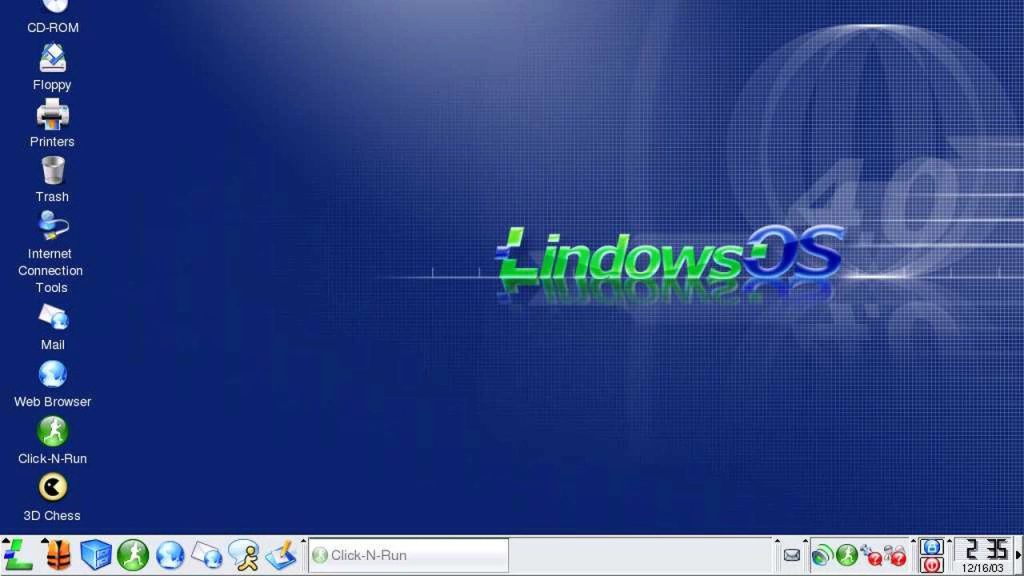In my Look Back article this week about Microsoft’s canceled MMO Mythica, I mentioned that in Mythic Entertainment’s lawsuit about the game, its CEO Mark Jacobs mentioned an earlier lawsuit filed by Microsoft against a company called Lindows. I must admit I was unaware of this lawsuit, but as it turned out, Neowin actually covered this story from nearly the start to its finish back in the day.
The genesis of this legal fight began in late 2001. That’s when a company called Lindows announced plans to launch a Linux-based operating system of the same name. The LindowsOS was designed to run Windows apps, and even its user interface was similar to the one Microsoft first introduced with Windows 95.
Microsoft quickly filed a lawsuit against Lindows in December 2001. Microsoft said the company was deliberately trying to confuse consumers by using the Lindows name for its company and its operating system. It asked the court to stop the company from using that name.
However, Lindows indicated in a subsequent email that it would still launch the first version of the OS in early 2002. It made good on that promise with a sneak preview release in late January 2002.
In March 2002, a judge in the case granted a preliminary injunction stating that Lindows could continue to use that name. In his ruling, U.S. District Judge John Coughenour questioned whether the word “Windows” could even be protected under current US trademark law. He also felt Microsoft had not proven that it would be hurt by another PC operating system company using the name Lindows. It was a huge legal blow for Microsoft.
Meanwhile, Lindows continued to develop the Linus-based OS of the same name. In July 2002, it was revealed that Walmart would begin selling PCs with LindowsOS preinstalled on its website with a starting price of $299.
In November 2002, Lindows announced it would sell the LindowsOS as an independent software product for the first time with the release of Lindows 3.0. The price for the OS was $129.
In December 2003, Microsoft took its case against Lindows out of the US. It got a court in Sweden to put in a temporary restraining order that prevented the company from trademarking “Lindows,” “Lindows.com,” and “LindowsOS” in that country.
In February 2004, the US District Court in Seattle ruled Lindows could continue to use its name until the final decision on its trademark case against Microsoft was decided. The full trial was planned for later that year.
However, the legal victories that Microsoft achieved in Sweden and other European countries caused Lindows to finally change the name of the company and the OS to Linspire in April 2004 in Europe and other places outside the US.
In July 2004, Microsoft decided to settle the case against Lindows in the US before the two companies went to a full trial. Microsoft paid a whopping $20 million to the company in exchange for it officially changing its name fully to Linspire, along with its website and OS. The Lindows trademark would also be turned over to Microsoft.
The operating system is now under the ownership of PC/OpenSystems LLC. It has continued to update its Linspire OS. Indeed, the latest commercial version, Linspire 14, was launched just over a month ago, on December 18, 2023. Every Christmas Day, the company offers a way to get Linspire for free for 24 hours. It also has a completely free version of the OS called Freespire. The latest edition of that OS launched on December 7, 2023.

